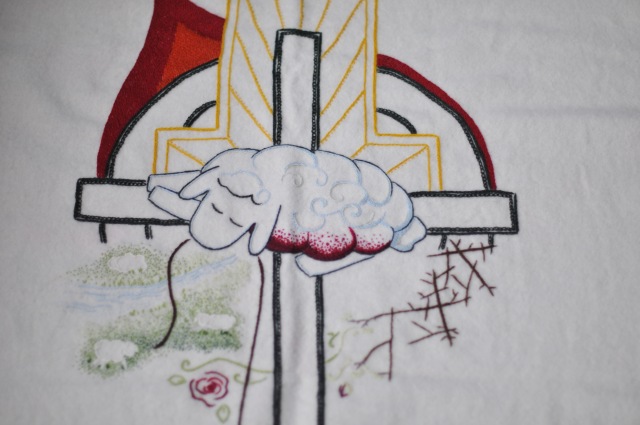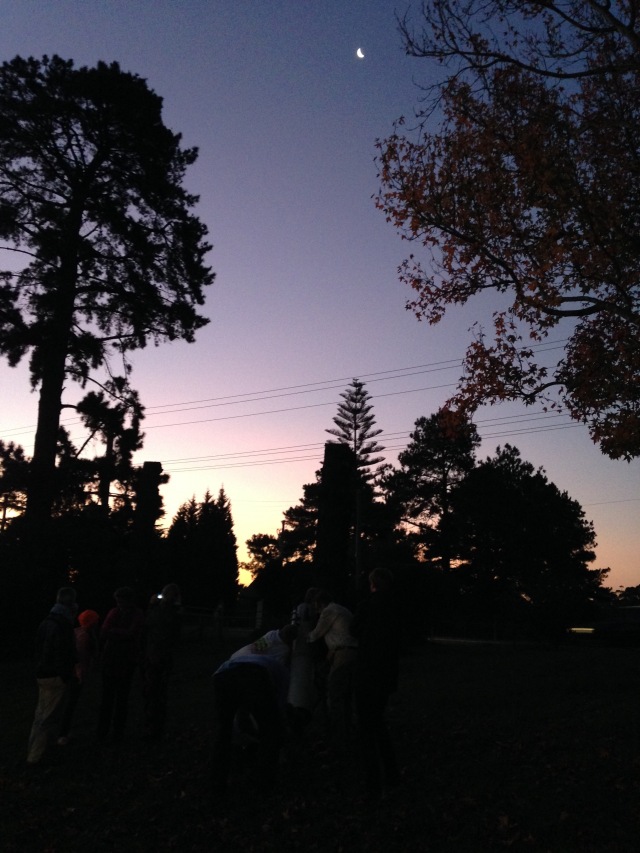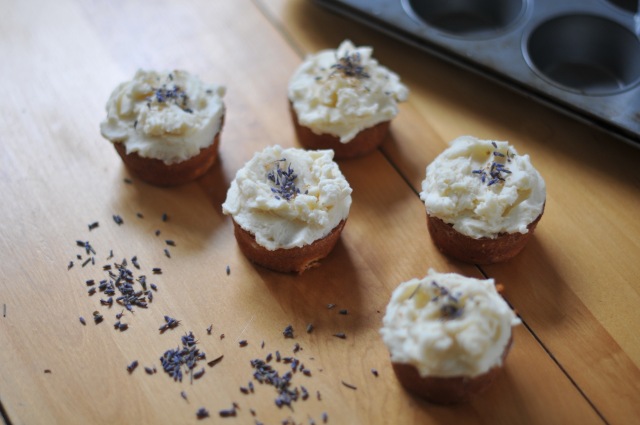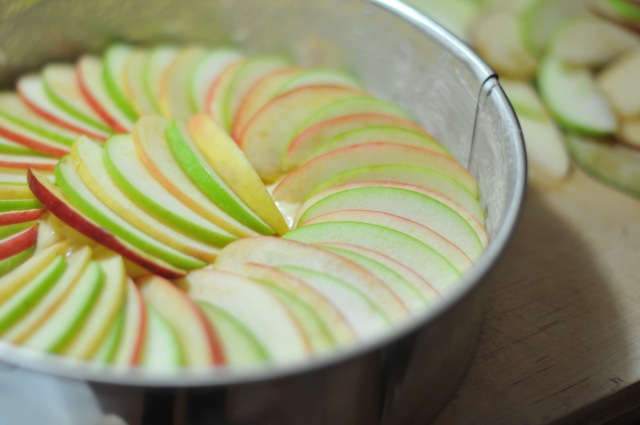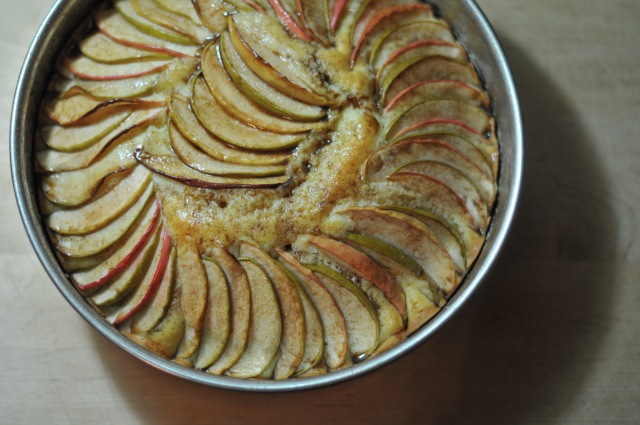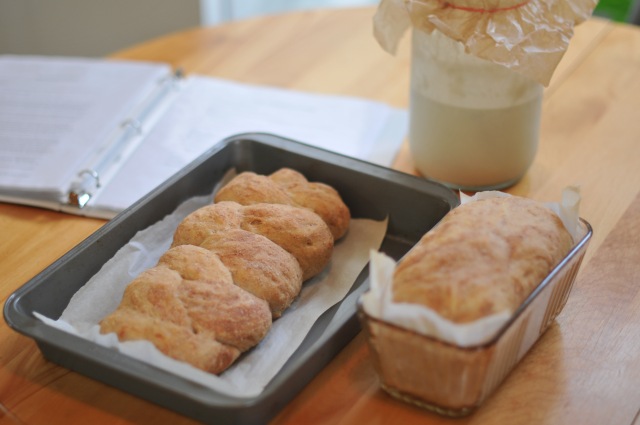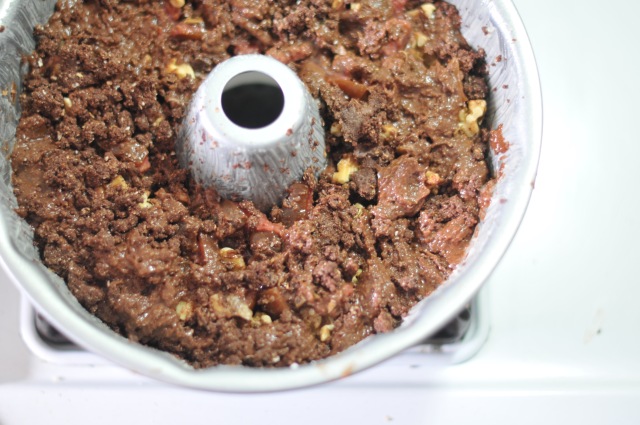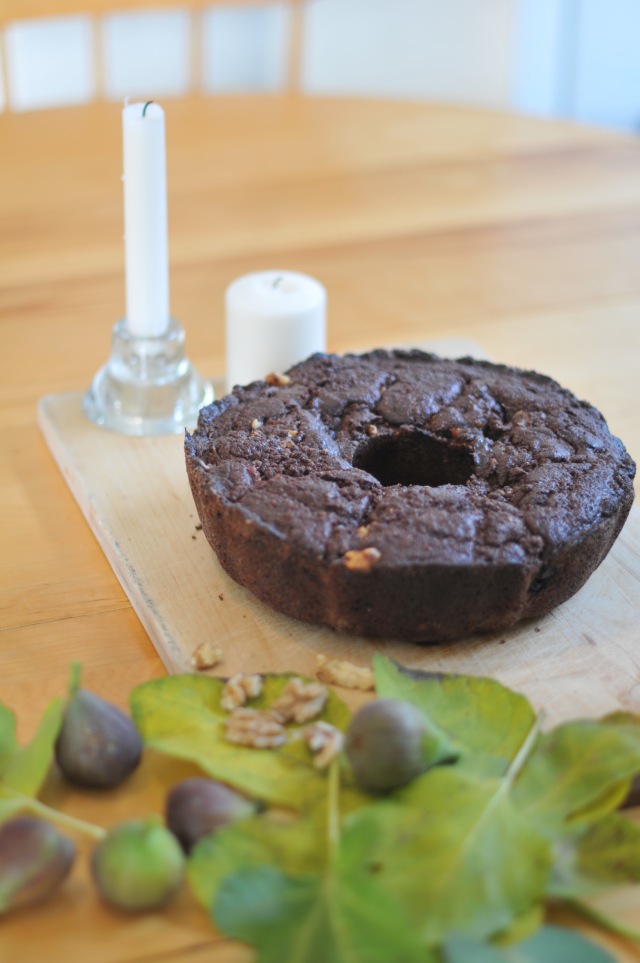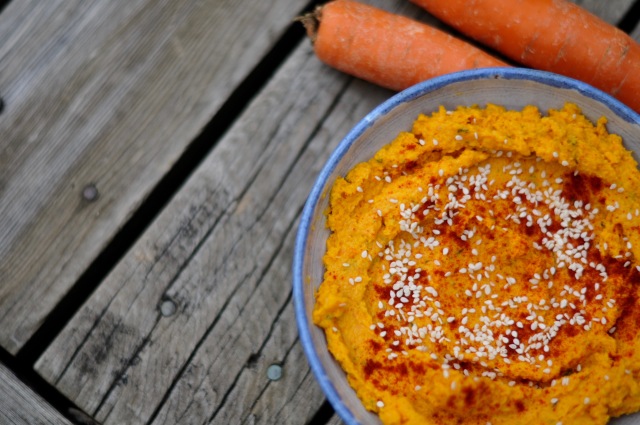
One of my favourite theological authors is Robert Farrar Capon. His insistence on the miraculousness of ‘being’ has made room in my faith for delight in stuff. In the preface of An Offering of Uncles (found, somewhat unexpectedly, at the end of said volume), he insists on our need to “drink [our] reality neat” (p153) by resisting the repeated urgings to disregard ‘real things’. We are told that the “table over there … is actually not a table at all. It is really a cloud of electrons” (p153) that, “the true substance of the world is the tasteless subatomic tapioca out of which it is made” (p153). But, Capon insists, deep in our hearts we know better than that. Decent poached eggs are worth celebrating, they are delicious. And if we care, more than we’d like to admit perhaps, about how well our breakfast is cooked, then perhaps, there is something a little deeper to this whole materiality business. Capon goes on to declare that, ultimately, materiality matters because …
“The proclamation of the Gospel is the announcement of an embarrassingly concrete and material piece of work by God in history. The salvation it offers operates by the assumption of humanity into the Person of God the Son and by the incorporation of humanity into the Person of God the Son and by the incorporation of the rest of the race into the sacred humanity so assumed. It is a bit to crass and earthy to rate as a gorgeous piece of spiritual philosophy” (p155).
God is keen on physicality, materiality. His good idea in the first place, it appears that somewhere along the way we managed to lose our sense of the creation’s goodness. Regent’s focus on the whole of the Biblical narrative has gifted me with a much more adequate theology of creation – and offered me a more spacious way to live in this very physical world as a very physical being. And, so, this is a legume-less version of hummus. While I am technically all-onboard with the recommendations to eat more plant-based proteins for ecological and health reasons, beans don’t really agree with me (what were we saying about crass and earthy?!). However, I love hummus and thought I’d share this bean-free version that we’ve been enjoying lately.
Ingredients:
3 large carrots (or 6 skinny ones – approx. 480-500g)
3 garlic cloves
3-4 tablespoons of tahini
juice of one lemon
paprika and salt to taste
sesame seeds to sprinkle on top
Method:
1. Preheat oven to 180oC.
2. Wrap the carrots in foil, and roast till soft – about 40 minutes (depending a bit on the size of your carrots)
3. Place the (slightly cooled) carrots, crushed garlic, tahini and lemon juice in a tall container.
4. Use a stick blender to blend till combined – if the mixture is a bit thick you can also add some water.
3. Adjust the seasoning, taste and see that the Lord, and His creation, is good!

